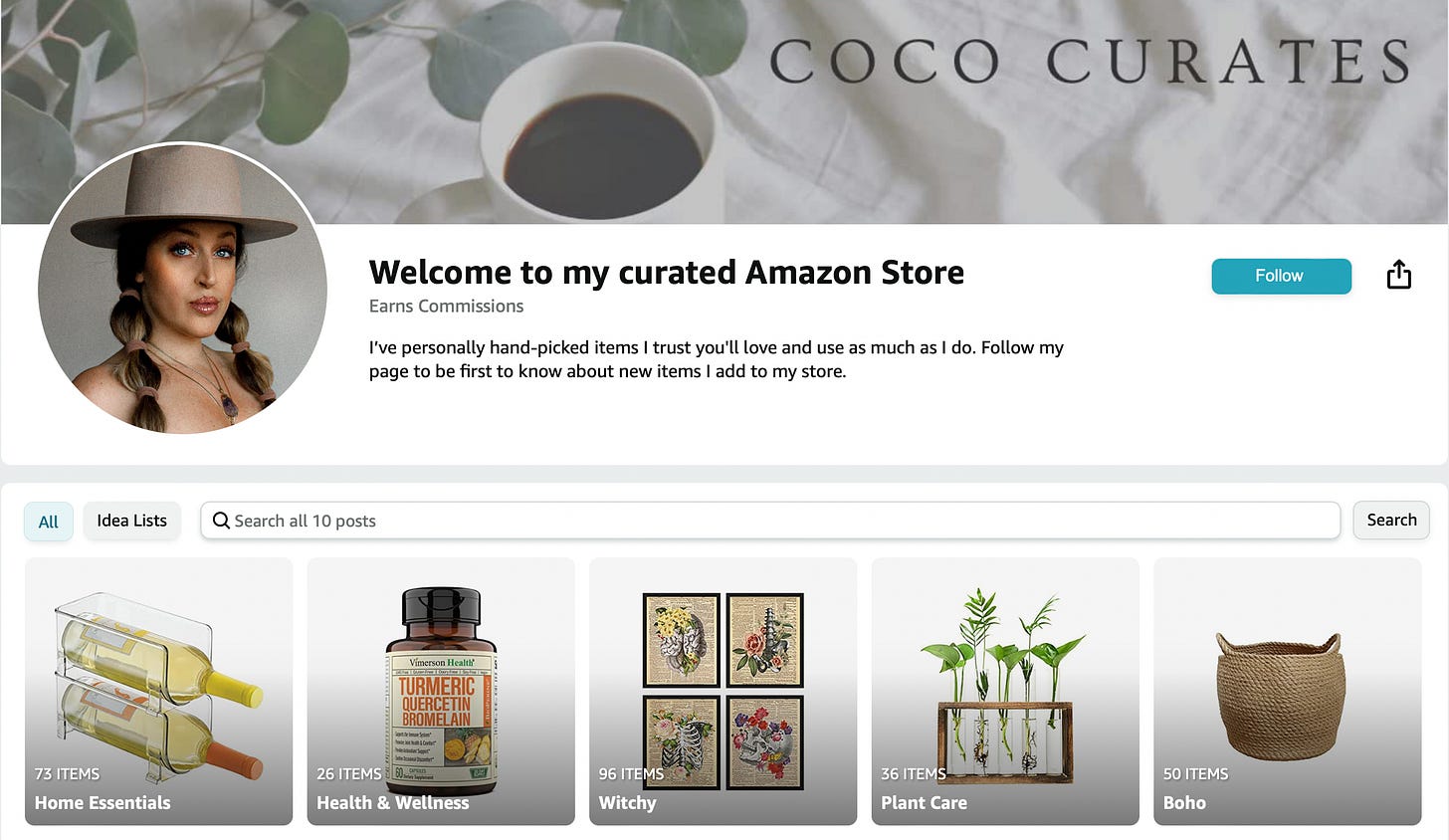Hey everyone 👋 — I’m Avirath. I learn a lot from analysing new products, thinking about new product strategies and my opinion on the markets/products for the future. I wanted to share this knowledge with my readers - that’s the motive behind this newsletter.
This article covers one of my favourite trends in the content and social vertical in the past couple of years - curation.
If you are interested in receiving future content from me directly in your inbox, consider subscribing 👇.
Join the fun on Twitter.
It’s summer break and this is the time I usually like to catch up on interesting newsletters I would’ve missed! As I sat down to do this, a couple of weeks ago, I realised that none of the very popular outlets I am subscribed to seem to provide any high value information rather than probably breaking news in a specific field which I could’ve easily gotten out of social media, tech twitter or simply being curious! It’s become hard to separate signal from noise and this got me thinking about how I consume across various spaces such as music, commerce, reading and more. With so much content being created and to give you an idea how much here are a few stats -
In 2021, people created 2.5 quintillion bytes of data every day.
In 2022, users send around 650 million Tweets per day.
90% of the data on the internet has been created since 2016.
With so much content being created, we’re often left in a confused state of decision paralysis. The jargon of the day has quite rightly become “So much to do. So little time.” The only thing we can do to possibly win over this is “curate” what we consume with agency and if not us, we can outsource this work to people who can curate for us - people who have better or specialised tastes in the spaces we like! Here’s a tweet with a brief idea about what I mean.
The need for curation
In the fall of 2021, my friend Mehul Rastogi and I were very frustrated by the pandemic and our inability to find meaningful friends on pseudonymous/anonymous platforms like Reddit or our incoming college WhatsApp group or even Slack groups for things we were interested in. We tried bootstrapping a platform to help people find curated communities of sizes 5-10. Though we didn’t product-market fit, we discovered that people really liked having things curated for them especially from people they trusted. Here are a few other things we learnt that showcase why curation can be so central to our discovery methods and consumption from a mental cognitive standpoint:
The Dunbar number which refers to a theoretical cognitive limit on the number of stable social relationships an individual can maintain. This is estimated to be around 150 with 5 loved ones, 10 good friends and 50 friends.
Zuckerberg explaining his law of social sharing where he says “the amount of stuff you shared today is double the amount of stuff you shared a year ago and the stuff that you will share a year from now will be double the amount you’ve shared today.”
Finding new Discovery methods
With the advent of crawling algorithms, SEO and Google’s quest to make Search the everything search engine to everyone, search results now lack authenticity or quality. I’ve often seen myself and friends have to type in multiple queries The future of discovery and search could well be vertical platforms where human created and curated media and information become the first entry to us finding more directed results. For example, finding information by a normal Google Search is replaced by us combing through curated/created information on opinionated/semi-opinionated platforms like Substack. Another example of this is Pinterest or The Infatuation, which although are content sites, become the place many users start their “search” for products and restaurants rather than Google.
Something I’ve also always thought of is that when deciding to watch a video over another or reading a particular newsletter or Substack post over another, you’re inherently ranking or curating it. Using an incentivization scheme, users who curate or provide context on whether a certain search result is helpful and what kind of content to expect from the result can be rewarded with some form of a payout - maybe the whole system can be tokenised.
You’re already curating and being curated!
Whether you realise it or not, you’re inherently curating things. Even the smallest things like making a playlist on Spotify to accessing cool jobs curated by high signal people like Sahil Bloom or Gaby Goldberg are examples of you flexing your taste in a space. Channels Stack is an example of a product that’s become highly rated and is a curated display of YouTube channels by categories such as design, web development and more. FlowState on Substack charges $8/month to get access to curated Spotify lists.
The absolute maddening increase in information has made top businesses invest in curation operations within their ecosystem. A report from Business Today states Indians spent 8.7 billion hours shopping in 2022. To convert customers at a higher rate, Amazon has recently started their curation network to guide customers to buy products shortlisted by people with unique tastes.
This AWS report states the average cart abandonment rate is about 69.57%. That coupled which consumer confusion while choosing something to buy are barriers several online retailers face. I’m very fond of shoes and while buying a new pair I’ve often found myself searching up queries like “X shoe dressing options” or ask friends if they like a certain design and ultimately ended up not buying anything just because I’m spoilt for choice. Curators with a reputation in fashion would definitely add to Amazon’s conversion rate.
To discover songs better, Spotify has piloted their Featured Curators program to promote popular user and influencer playlists alongside AI curated playlists. This really talks to the fundamental problem that most people attribute with AI of it not being able to comprehend human emotions which makes the case for such programs even more profound!
Opportunities with Curation
People curate best when they combine things they’re passionate about or interested in with an immediate need in the market. Delia Cai has been running Deez Links for over two years now where she curates links to all the fun stuff happening in and around media every week. Gaby Goldberg says Ari Lewis’ playbook to curate is the best way to go about to curating in a specific space and includes the following steps -
Find initial traction
Shift the emphasis from the individual to the greater media brand
Scale and continue to add value
Platformise Curation
Though there’s several ways you can go about this such as curating on Twitter or a newsletter, I believe a platform to curate for several spaces is lacking - maybe a social network too. This is what I imagine it as -
An extension that lets people curate links or media/text elements from webpages which can be tagged and saved to your profile. PS: I have this made and can open source this to anyone interested in using this or working on this.
A social network platform where one can follow reputed people in a space to get high signal information and updates.
Add a token system to incentivise curators and people in general to add high quality information to the platform while also maintaining a Reddit like upvote system to promote good material.
Here’s a use case statement one of my friends, Divyesh Ved, attested to recently with such a product.
Divyesh: I carry out research in the field of astrophysics. I don’t have a textbook to follow. My main source of information is the internet. I look for papers that may help me. I know for a fact that these papers would be useful to other people at the centre of relative astrophysics. So why do they have to struggle to go looking for these again, when I could just curate those papers onto my profile. They will also find this information to be more credible, as someone else found it useful, so it must actually make sense.
A great example of a platform that does this for another vertical is Corner app built by Eliza Lian.
It’s a sweet app where people can create mapped lists of local places they’ve visited and place them into determined categories.
Lastly, one of my favourite explorations in this space is by Eric Jorgenson as he curates and compiles learnings from smart tech pioneers like Naval Ravikant and Balaji Srinivasan.
To sum up, curating content in a specific niche has great potential for building an audience and providing value. It attracts people by offering the chance to learn new things and save time, while also creating a sense of community







